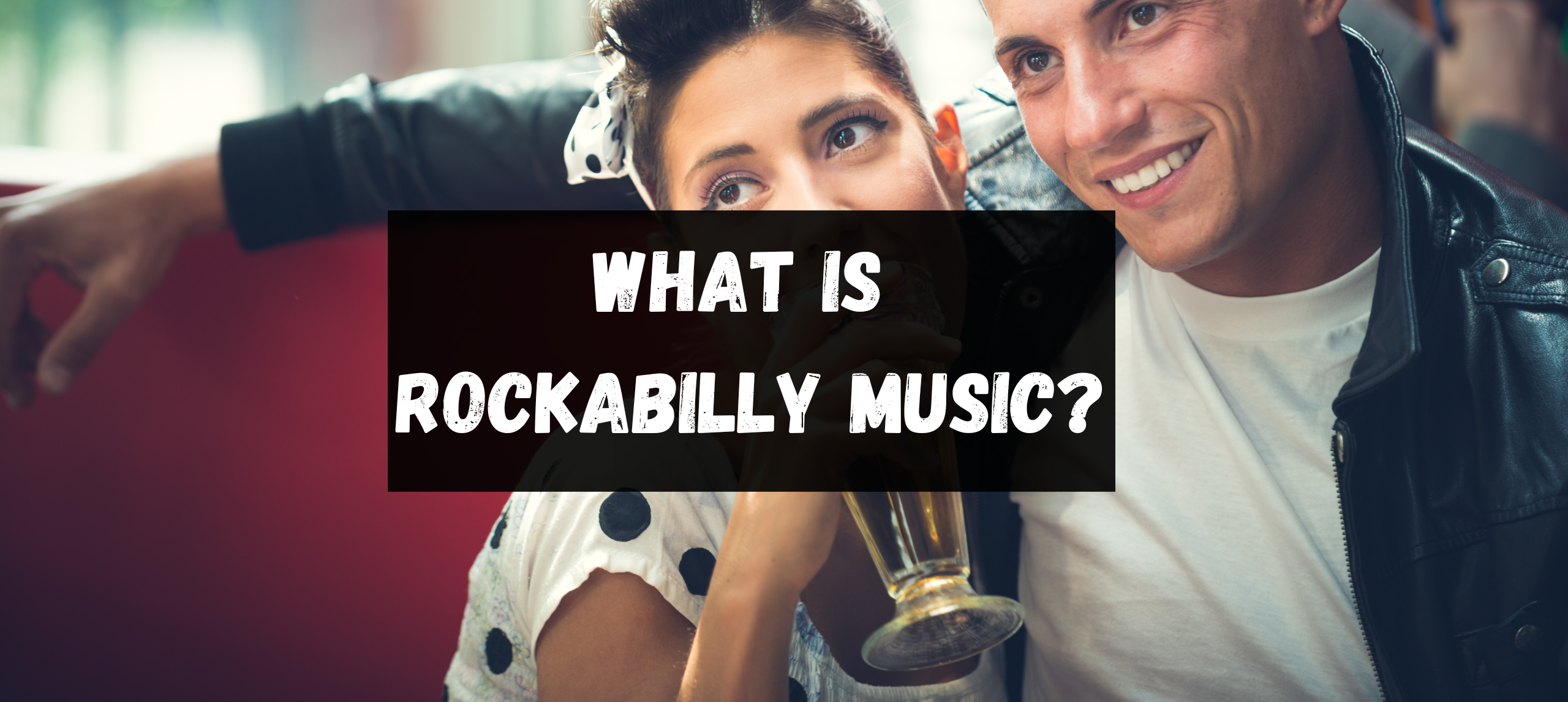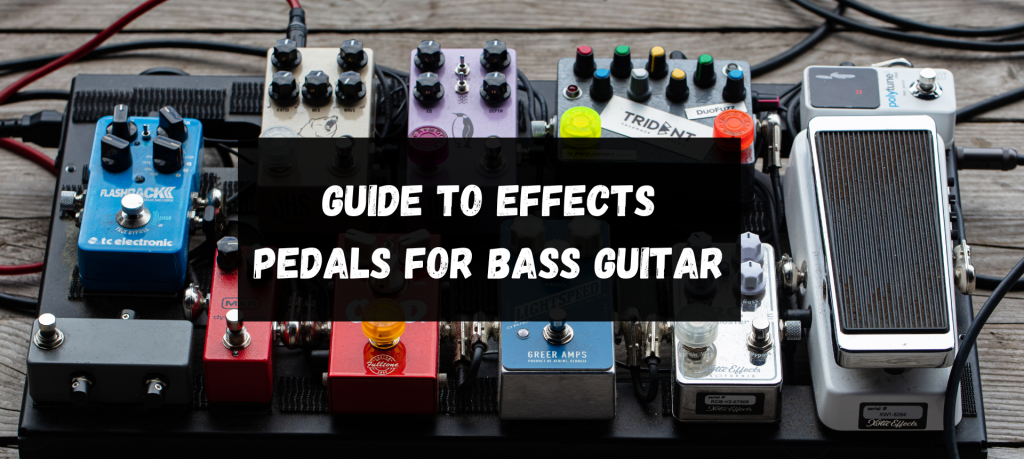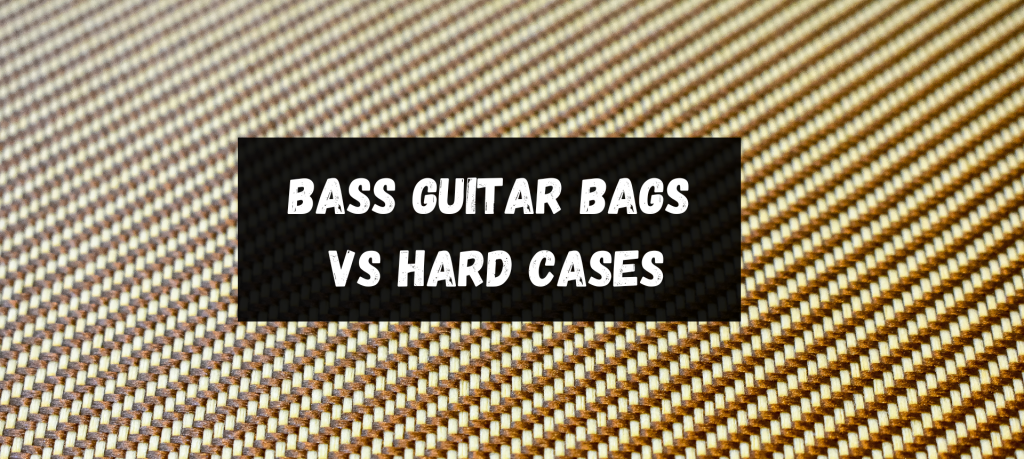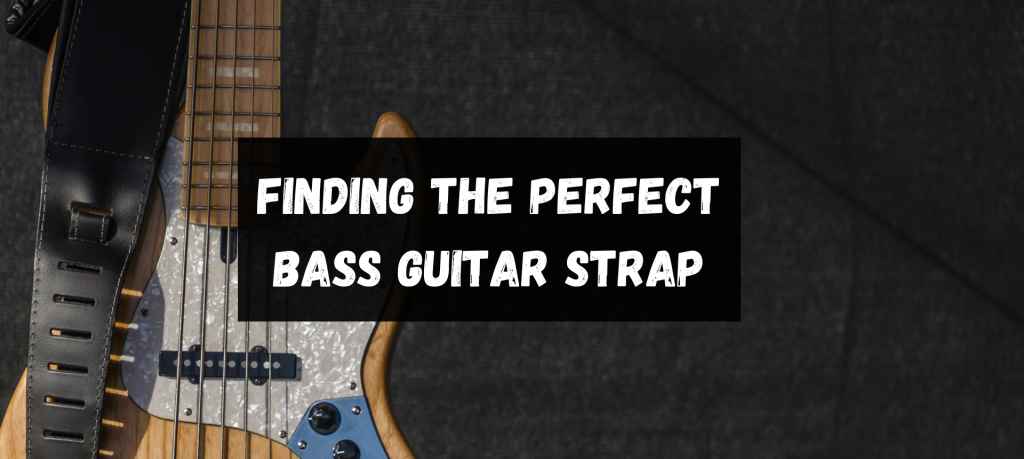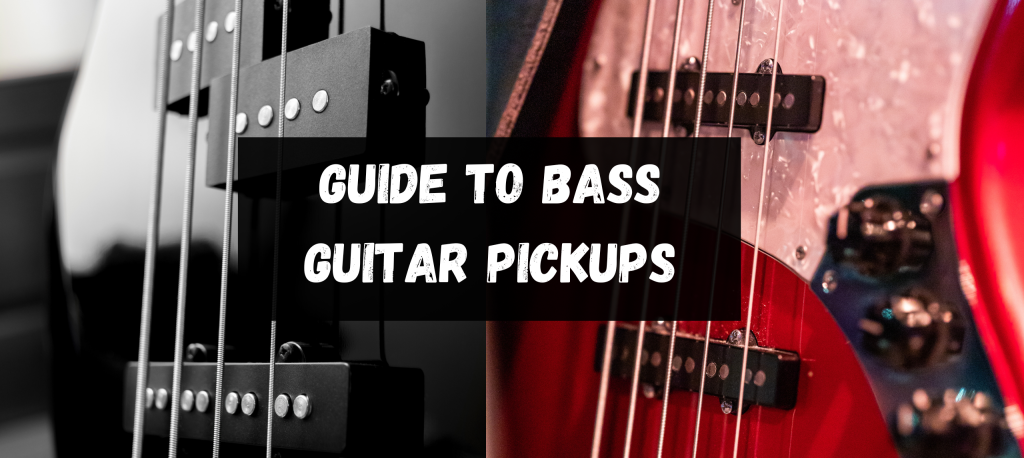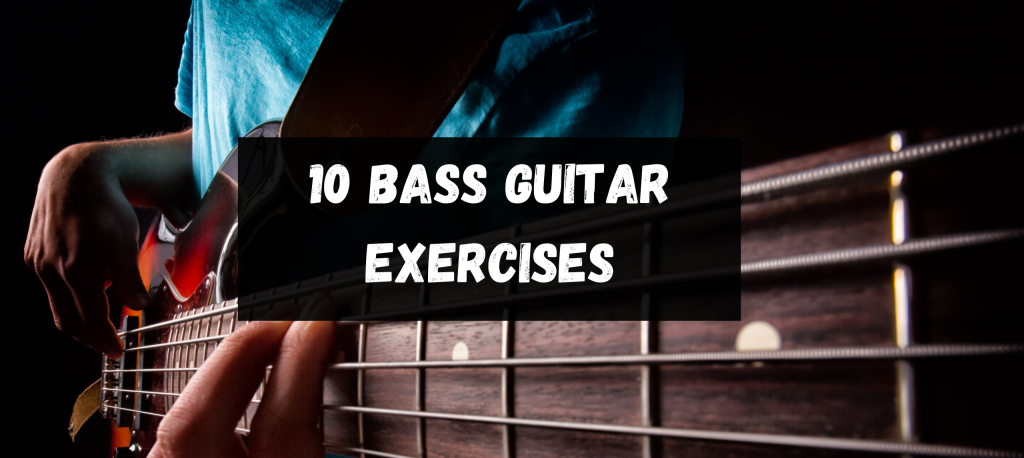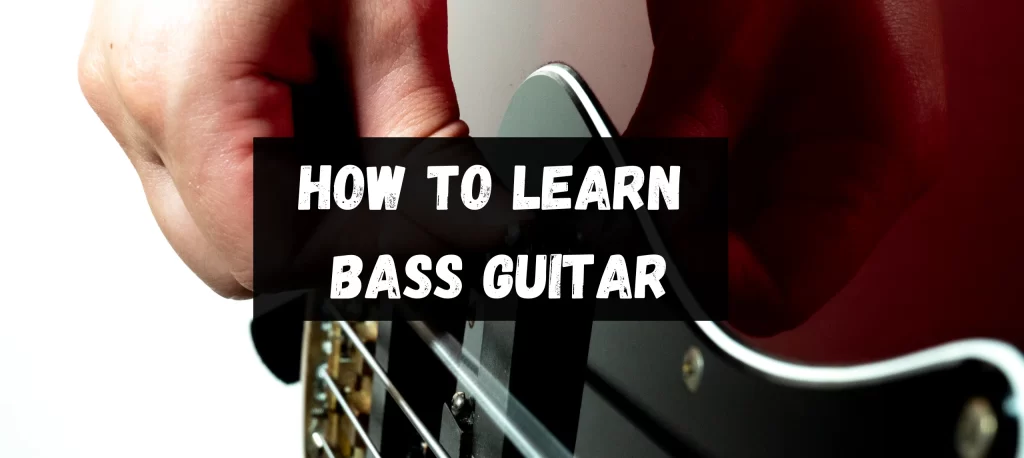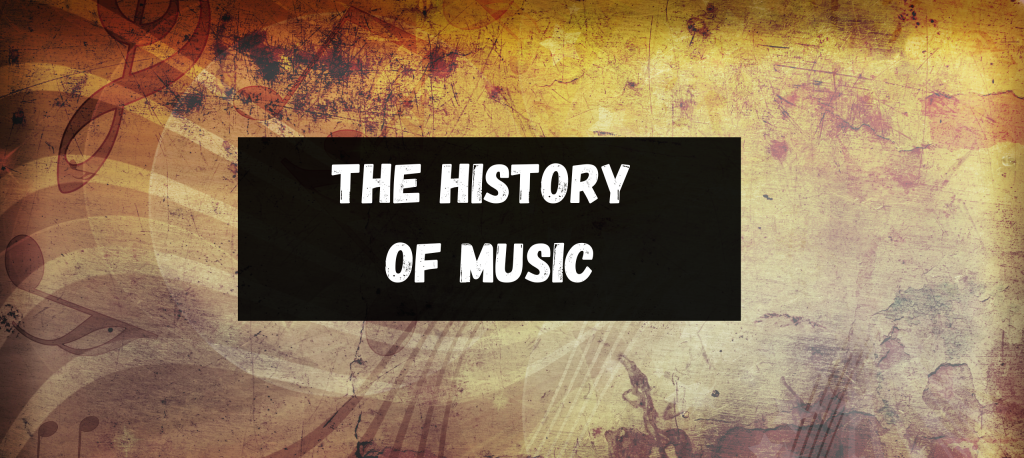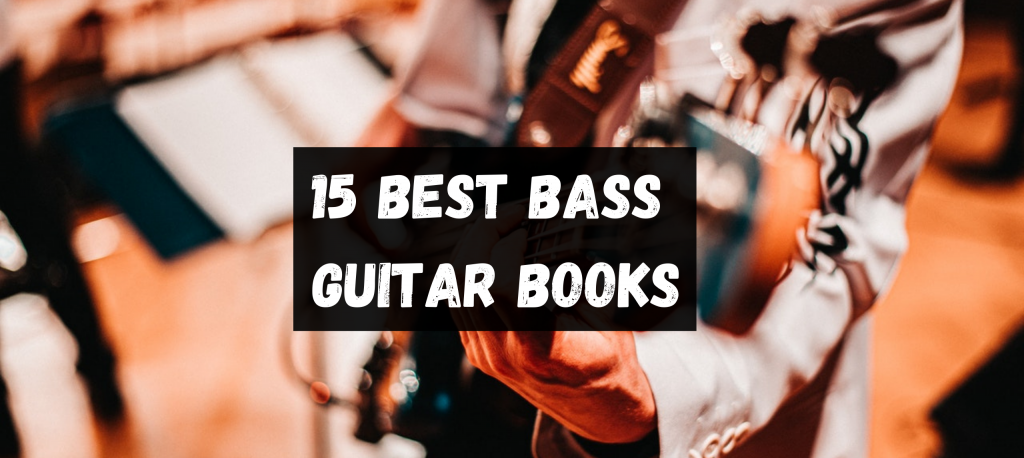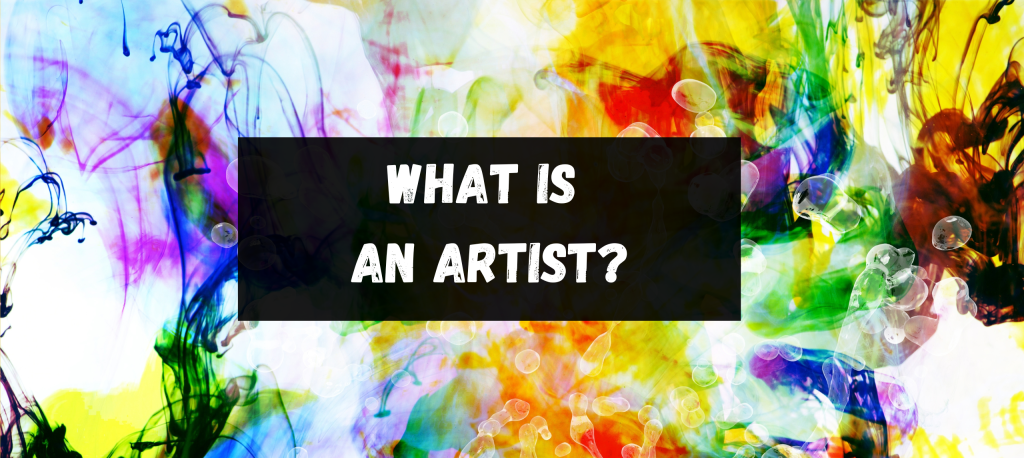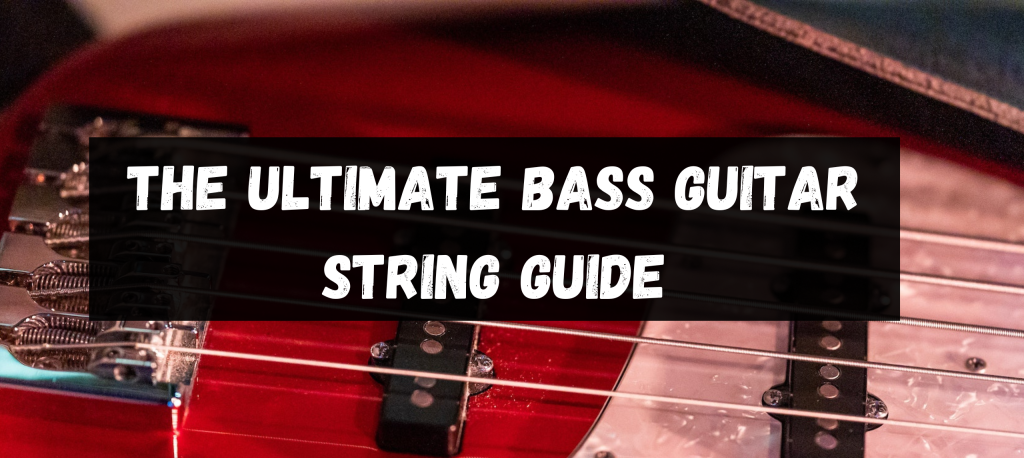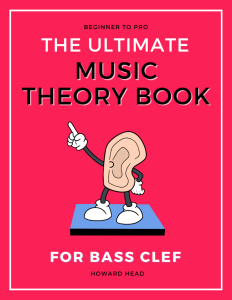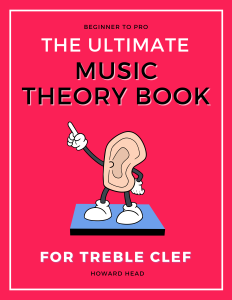August 23, 2023
Howard
Rockabilly music is a vibrant blend of rock ‘n’ roll and country (or “hillbilly”) music that emerged in the United States during the early 1950s. Characterised by its upbeat tempo, twangy guitars, and passionate vocals, it laid the groundwork for many subsequent rock genres. Artists like Elvis Presley and Carl Perkins were instrumental in popularising Rockabilly, making it a distinctive and influential style in the history of modern music.
But what exactly is Rockabilly music, and how did it manage to leave such an indelible mark on the musical landscape? Whether you’re a seasoned Rockabilly fan or new to this infectious sound, this article will offer you an all-encompassing look at the rhythm and roar of Rockabilly. From its origins to its resurgence, we’ve got a thrilling exploration ahead. So buckle up, and let’s dive into the world of Rockabilly!
Definition and Overview of Rockabilly
Origins and Musical Fusion
Rockabilly, a lively genre that shaped the musical landscape, was born from a rich fusion of rock ‘n’ roll and country music. Using instruments like the double bass and electric guitar gave rise to an energetic and unique sound.
Key Characteristics
Rockabilly’s features are easily recognisable, from deep, heated vocals to echo and reverb effects. The blend of upbeat blues chord progression with a rock and roll flair has made it a timeless favourite.
But what made this genre resonate so strongly with a generation? How has it continued to captivate audiences for decades? Stay tuned to explore the cultural repercussions of Rockabilly music.
Cultural Impact and Lasting Appeal
Influence on British Invasion Bands
The early soundwaves of Rockabilly didn’t just stop at the American borders; they transcended across the Atlantic, influencing British bands during the ’60s, including the legendary Beatles.
Rockabilly Revival
Rockabilly has proven to be resilient from its heyday to the gradual decline and eventually a robust revival. It’s not just a musical genre; it’s a subculture with fashion and lifestyle choices deeply rooted in its ethos.
Rockabilly Today
Rockabilly’s impact can still be felt in today’s music, with contemporary artists embracing its aesthetics and musical traits. The genre’s legacy lives on in concerts, festivals, and even how we talk about music.
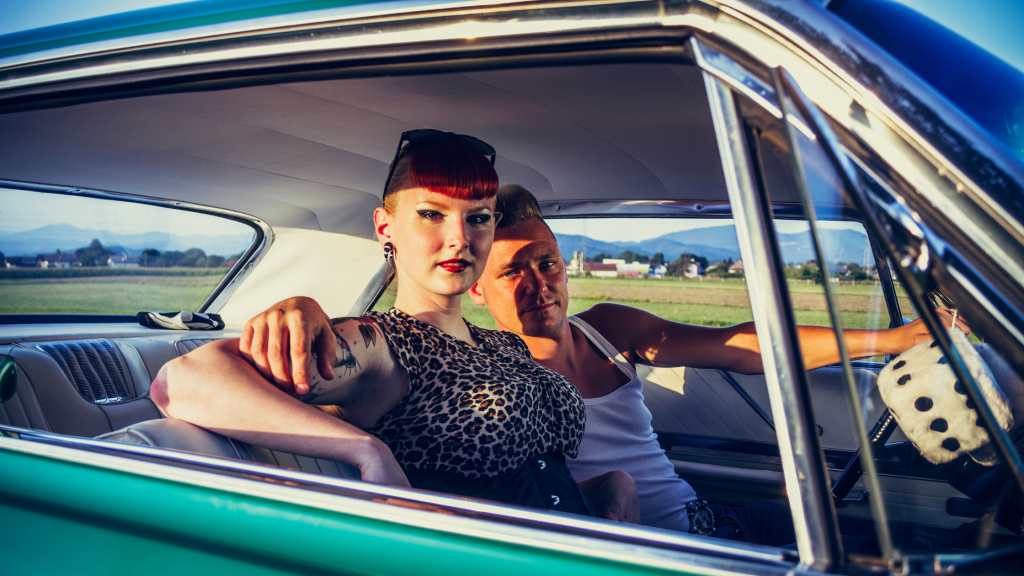
Origins and Evolution of Rockabilly
The Formation of Rockabilly: 1930s and 1940s
The seeds of Rockabilly were sown in the 1930s and 1940s when two new country sounds emerged. It was a time of experimentation and cultural blending, creating a genre that would soon capture hearts and dance floors.
Key Locations and Events: Memphis, Sun Studio, Saturday Night Jamboree
Memphis, Tennessee, played a vital role in shaping Rockabilly. The iconic Sun Studio and events like the Saturday Night Jamboree provided platforms for artists to explore, innovate, and create the sound that we now know as Rockabilly.
The Maddox Brothers and Other Early Influences
Initially, bands like The Maddox Brothers were key influencers in the Rockabilly movement. Their approach to music laid the groundwork for a new, energetic style.
The Heyday of Rockabilly: The 1950s
The 1950s was a golden era for Rockabilly. Its roaring rhythm and toe-tapping beats became a defining sound of the decade. It wasn’t just music but a lifestyle that resonated with youth across America and beyond.
1956: The Year Rockabilly Went National
1956 marked a turning point in Rockabilly’s history. From being a subgenre, it transformed into a national sensation. Artists like Elvis Presley took the world by storm, and the Rockabilly sound became synonymous with youthful rebellion and joy.
Distinctive Features of Rockabilly
Musical Composition and Instruments
Rockabilly’s sound is as unique as its history. A blend of country, blues, and rock ‘n’ roll, its musical composition typically features guitars, double bass, and drums. The combination provides a lively, pulsating rhythm that compels the listener to move.
Echo, Delay, and Reverb
Techniques such as echo, delay, and reverb are essential in shaping the Rockabilly sound. They create a spacious, resonant effect that gives the music a distinctive character. These are not just technical details but the heartbeat of the genre, and they remain an inspiration for musicians across various musical landscapes.
Upbeat Blues Chord Progression
The upbeat blues chord progression is a defining trait of Rockabilly. Its lively rhythm brings an energy and dynamism that sets it apart from other genres. It’s a sound that’s guaranteed to make you tap your feet and feel the beat.
Deep, Heated Vocals
Rockabilly’s vocal style is as charismatic as its rhythm. Deep, heated vocals, often accompanied by a passionate delivery, capture the spirit of rebellion and joy that defines Rockabilly. This unique vocal approach is a signature element that continues to influence contemporary artists.
Iconic Artists and Tracks
Elvis Presley: The King of Rockabilly
Elvis Presley, known to many as the King of Rockabilly, left an indelible mark on the genre. He created a style that captured hearts worldwide with his unique blend of country, rhythm and blues, and a touch of swing. His influence reaches far beyond Rockabilly, but it’s within this genre that his legend was born.
Carl Perkins, Johnny Cash, and Jerry Lee Lewis
The Titanic trio of Carl Perkins, Johnny Cash, and Jerry Lee Lewis each brought their unique flair to Rockabilly. Perkins, with his electric guitar brilliance, Cash with his distinctive baritone voice, and Lewis with his wild piano playing, formed the backbone of the Rockabilly movement.
Famous Rockabilly Songs and Their Legacy
From Elvis’s “Jailhouse Rock” to Perkins’s “Blue Suede Shoes,” the tracks that defined Rockabilly resonate today. These songs are not merely hits but cultural landmarks that bridged generations and shaped the future of music.
Influence on British Invasion Bands, including The Beatles
Rockabilly didn’t stop at American shores. It crossed the Atlantic, influencing a generation of British musicians. The Beatles, in particular, were heavily inspired by Rockabilly’s rhythm and style, integrating it into their sound, thus contributing to the British Invasion.
Rise, Fall, and Revival
The Prime Years and Cultural Resonance
Rockabilly’s golden era arrived in the 1950s, during which it flourished and resonated with youth culture across the globe. From dance halls to radio waves, Rockabilly’s infectious energy became the soundtrack of a generation. Its influence permeated not only music but fashion and lifestyle as well.
The Decline of Rockabilly
Despite its widespread appeal, Rockabilly’s heyday was relatively short-lived. By the late 1950s, the genre started to wane as musical tastes shifted and new trends emerged. It fell into obscurity, overshadowed by other musical styles, but never completely vanished.
The Revival Movement
The spark of Rockabilly was rekindled in the late 1970s and ’80s. Musicians and fans were drawn back to its raw energy and distinctive style. A revival movement breathed new life into the genre, with original and unique artists championing its return.
Rockabilly Today: Continuation and Modern Interpretation
Rockabilly continues to thrive today, embraced by a devoted community of musicians and fans. Modern interpretations blend the classic Rockabilly sound with contemporary influences, keeping the genre alive and evolving.
Rockabilly in the Global Context
Influence on Different Music Genres
From punk rock to country, Rockabilly’s ripple effect is undeniable. The genre’s characteristic rhythms and melodic structures have left an indelible mark on various forms of music worldwide. Its influence can be traced through the lineage of many popular genres that followed.
Impact on Fashion and Lifestyle
Beyond the music, Rockabilly shaped an entire cultural aesthetic. The ’50s greaser style, complete with pompadours, rolled-up jeans, and vibrant prints, can be traced back to Rockabilly’s golden age. It wasn’t just a musical genre but a way of life, influencing fashion, dance, and overall attitude.
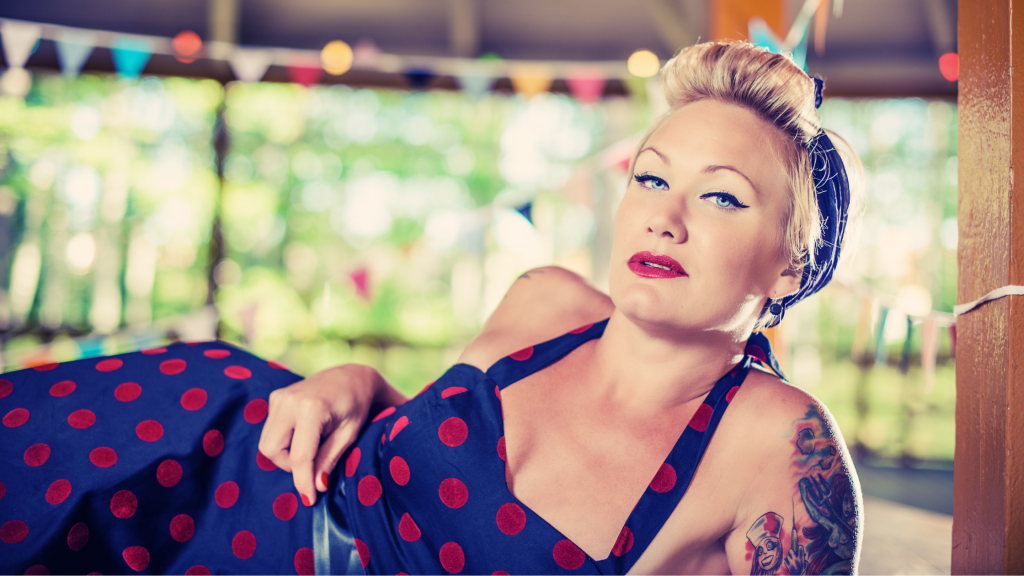
Connection with Other Musical Movements
Rockabilly’s roots are intertwined with blues, country, and rhythm & blues, forming a tapestry of sound that influenced later musical movements like punk, psychobilly, and even modern indie rock. Its footprint is in diverse musical landscapes, bridging gaps and forging connections.
Learning and Engaging with Rockabilly
Meet the Masters: Learning from Top Artists and Instructors
Whether you’re an aspiring musician or simply a lover of the Rockabilly sound, there are plenty of opportunities to immerse yourself in this iconic genre. From workshops led by Rockabilly Legends to online tutorials, learning from the masters has never been more accessible.
Live Performances, Venues, and Festivals
Rockabilly lives and breathes on the stage. From local pubs to international festivals, the energy and authenticity of live Rockabilly performances can be an exhilarating experience. We’ll guide you through the venues and events where you can feel the thrill of Rockabilly in all its glory.
Here are some rockabilly festivals and weekenders that have been popular in the UK:
- Hemsby Rock ‘n’ Roll Weekender – This long-standing event attracts rockabilly fans from all over the world. The festival has live music, dancing, and even classic car shows.
- Rhythm Riot – This is another big rockabilly weekender held in Camber Sands. With international bands and DJs, it’s a huge draw for fans.
- The Rockabilly Rave – This is a weekender held annually in East Sussex, and it features bands and DJs playing both classic and contemporary rockabilly.
- Atomic Vintage Festival – Though not exclusively rockabilly, this festival celebrates everything vintage from the 1940s to the 1960s. It takes place in Sywell Aerodrome, Northamptonshire, and has a mix of rockabilly, doo-wop, and early rock ‘n’ roll, among other things.
- Wildest Cats in Town Weekender – This festival usually happens in Pakefield, Suffolk, and has a mix of live music, dancing, and more.
- Bedfordshire’s Twinwood Festival – While it covers a broader range of vintage music from the 1920s to the 1960s, it usually has a good dose of rockabilly acts as part of the lineup.
- The Hot Rod Hayride – Though more of a hot rod event, the accompanying music often has rockabilly and related genres, making it a draw for fans.
Resources for Aspiring Musicians and Enthusiasts
If you want to dive deeper into Rockabilly, many resources await you. The world of Rockabilly is at your fingertips, from books and documentaries to online forums and social media communities. Whether you want to pick up a guitar or simply enjoy the music, there’s a place for you in the Rockabilly world.
Conclusion
Reverberations are still felt today, not just in music but in fashion, dance, and popular culture. It’s a genre that defied norms and ignited a movement that continues to inspire. The unique blend of rhythm and rebellion resonates with generations, proving that Rockabilly’s significance is far from confined to a bygone era.
The sounds, the style, and the spirit of Rockabilly are within your reach. With various resources, from albums to online communities, delving into Rockabilly is more accessible than ever. We’ve provided a roadmap, and now it’s up to you to embark on this exciting exploration.
Ever wondered, what is rock music?
Think These Could be Your Cuppa Tea?

Howard Head
I turn confused bass enthusiasts into bass gods through a simple and logical process.


